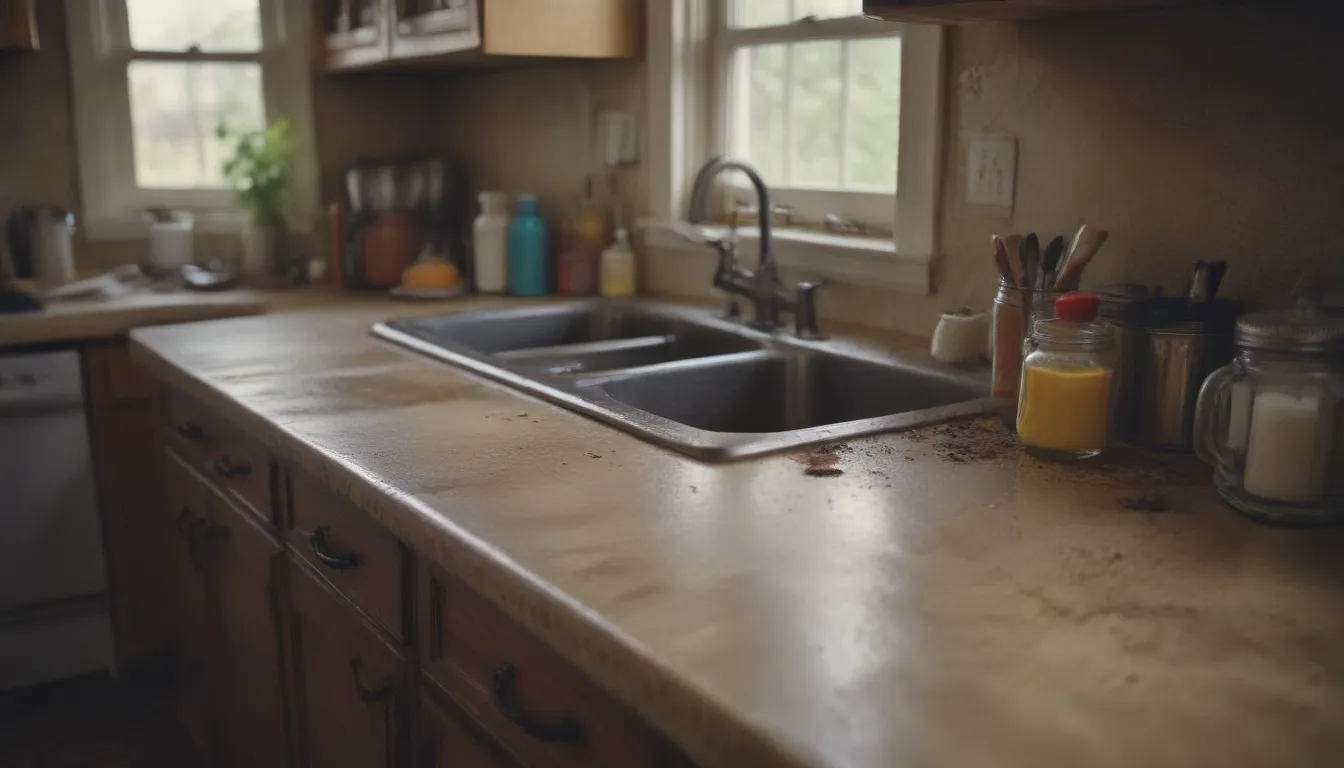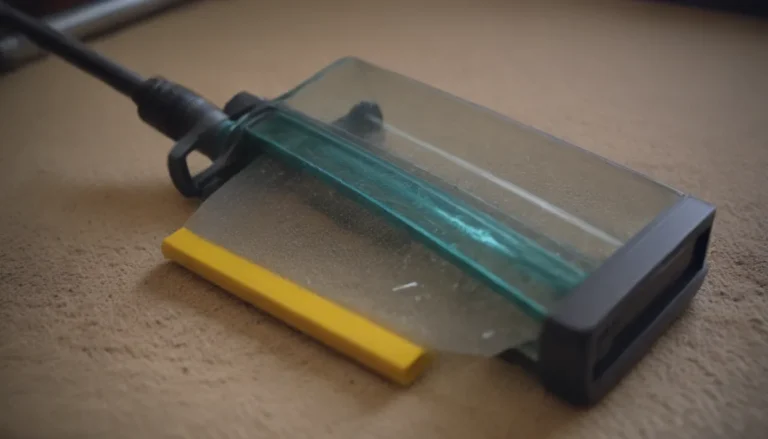The Top 10 Dirtiest Places in Your Kitchen You Need to Clean Regularly

Welcome to the heart of your home, the kitchen, where delicious meals are prepared, family memories are made, and unfortunately, where bacteria and germs love to hang out. Think you have a sparkling clean kitchen? Think again! There are hidden nooks and crannies that are often overlooked during cleaning. So, let’s dive into the top 10 dirtiest places in your kitchen that you need to clean regularly to maintain a healthy and safe environment for you and your family.
1. Any Knobs, Handles, and Touch Pads
Every appliance in your kitchen has knobs, buttons, or touch pads that are touched each time they are used. These areas are often overlooked during cleaning but can harbor harmful bacteria, especially if they come in contact with raw food. Make sure to clean kitchen cabinet pulls, appliance handles, and control panels using a disinfectant wipe or spray-on disinfectant cleaner regularly to prevent cross-contamination.
2. Sink
The kitchen sink may seem clean with water constantly running through it, but it can harbor microbes in the crevices and around the drain. Disinfect your sink after every meal preparation or washing dishes to keep it germ-free. Don’t forget to clean the handles, faucet, and the surrounding countertops to eliminate any lingering bacteria from food splatters.
3. Sponges, Brushes, and Dishcloths
To reduce environmental impact, many households use cellulose sponges, sink scrubbing brushes, and fabric dishcloths. However, these items can harbor high bacterial levels if not properly washed and disinfected. Wash sponges and brushes in hot water after each use and consider placing them in the dishwasher for a thorough cleaning.
4. Refrigerator
While you may regularly clean the exterior of your fridge, the interior can also harbor harmful bacteria. Clean refrigerator drawers and shelves monthly to prevent food residues and bacteria buildup. Use mild detergent and hot water to wash the surfaces, and don’t forget to wipe away spills and sanitize the interior surfaces with a disinfecting wipe regularly.
5. Cutting Boards
Cutting boards, especially wooden ones, can harbor bacteria in tiny nooks and crannies. To avoid cross-contamination, use separate cutting boards for fruits/vegetables and meats. Wash boards with hot, soapy water after every use, rinse well, and dry completely to prevent bacteria growth.
6. Coffee Maker, Blender, & Small Appliances
Even clean water in warm, moist environments like a coffee maker can breed bacteria. Clean small appliances thoroughly at least weekly to prevent bacterial growth. Disassemble components and wash them in hot, soapy water or place them in the dishwasher for a complete cleaning.
7. Reusable Lunch Boxes, Shopping Bags, & Water Bottles
Containers, lunch boxes, shopping bags, and water bottles can harbor bacteria if not cleaned correctly. Disassemble and wash these items in hot, soapy water regularly to prevent cross-contamination. Most lunch boxes and reusable shopping bags can be washed in the clothes washer for a thorough cleaning.
8. Countertops
Don’t forget to clean your kitchen countertops regularly, as they can harbor germs from everyday items that are placed on them. Use a disinfectant wipe or spray to clean your countertops daily, and don’t forget to clean hard-to-reach areas like corners and edges.
9. Salt and Pepper Shakers
These commonly used items can also harbor bacteria and germs if not cleaned regularly. Give them a wipe down with a disinfecting wipe after every meal preparation and clean them thoroughly at least once a week to prevent bacterial growth.
10. Dishwasher
Surprisingly, your dishwasher, which is meant to clean your dishes, can also harbor bacteria if not cleaned regularly. Run a cycle with hot water and a dishwasher-safe disinfectant at least once a month to eliminate any buildup of germs and bacteria.
By regularly cleaning these top 10 dirtiest places in your kitchen, you can maintain a healthy and safe environment for cooking and preparing meals. Don’t let hidden bacteria and germs compromise your family’s health—stay on top of your cleaning routine and enjoy a clean and germ-free kitchen!





